Everything right now seems to flowing in the British wine industry’s favour – including Brexit, writes Keay.
For those of us stuck here in Blighty, this summer has – somehow – felt a little unreal. True, there’s been the regular fixtures like Ascot and Wimbledon, whilst England’s welcome win in the Cricket World Cup have boosted the spirits.
But clouds have been hard to avoid. The advent of England’s first hard right populist government and the nagging feeling that our politics have hit rock bottom, has been one. The probability that Johnson’s apparent determination to pursue a no-deal Brexit will further deepen the national divide – and leave us an international laughing stock, at the mercy of a perplexed but still-united EU – is another. So can England do anything right these days?
Well yes, it can actually.
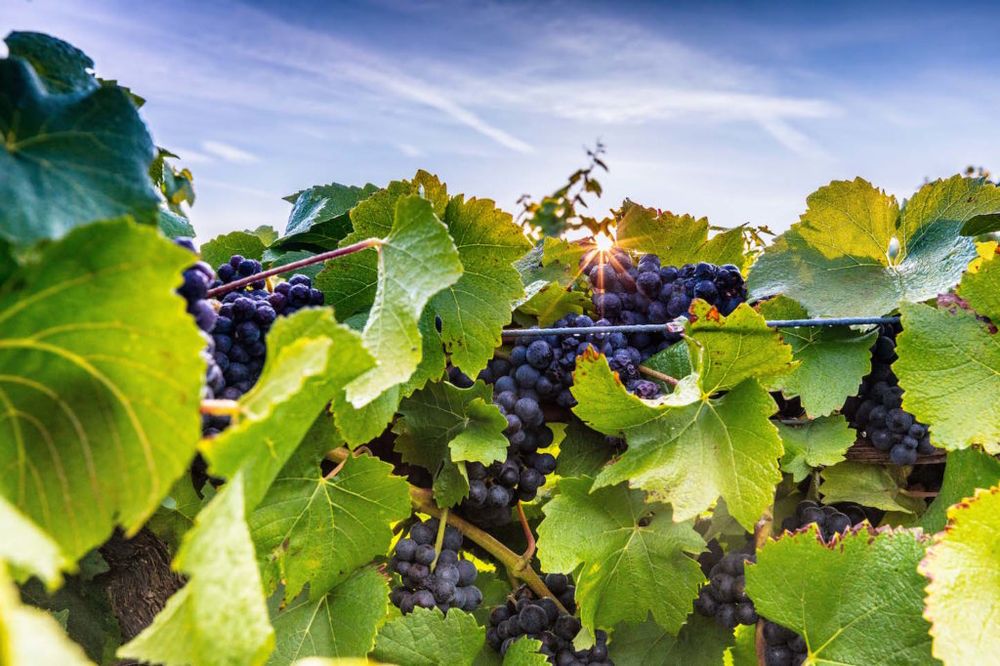
Pinot Noir at Bolney Wine Estate
Seeking cheer, I have been focusing on English wine, something I will readily admit has not been on my radar until now. Too close to home perhaps? Too much of a focus on fizz and too keen to ape Champagne, which as we are always reminded has such similarities in soil and climate to what we have in Hampshire and Sussex? Maybe, but I have the growing feeling that the industry, on the up for many years now, really is coming into its own.
Firstly, there’s quantity.
Although English wine is still a fraction of Champagne’s annual production of 300 million bottles – or indeed, Prosecco’s almost one billion once you take into account the plantings of recent years – last year’s estimated 15 million bottles, in place of the more typical six million – shows how much things are moving in the right direction. I know volumes are highly variable – that British weather is to blame, even if summers are typically becoming warmer and more vine-friendly. However, the fact so many new plantings that have been made here (690 hectares of new vines planted last year alone), and that Brexshit (if it happens) will further devalue Sterling and make the likes of Champagne and Franciacorta even more expensive, relative to English sparkling, suggest things are flowing in favour of the British wine industry.
But even more significant than the increase in quantity are the quantum leaps in quality, with terroir increasingly making itself felt by producers who have learned a lot over the past decade or so. The fact that the winner of the recent GB Wine Awards was a little known producer from Dorset, the Langham Wine Estate, says everything about the changes currently taking place in the industry, with the previous dominance of Kent, Sussex and Hampshire increasingly being challenged by outliers.
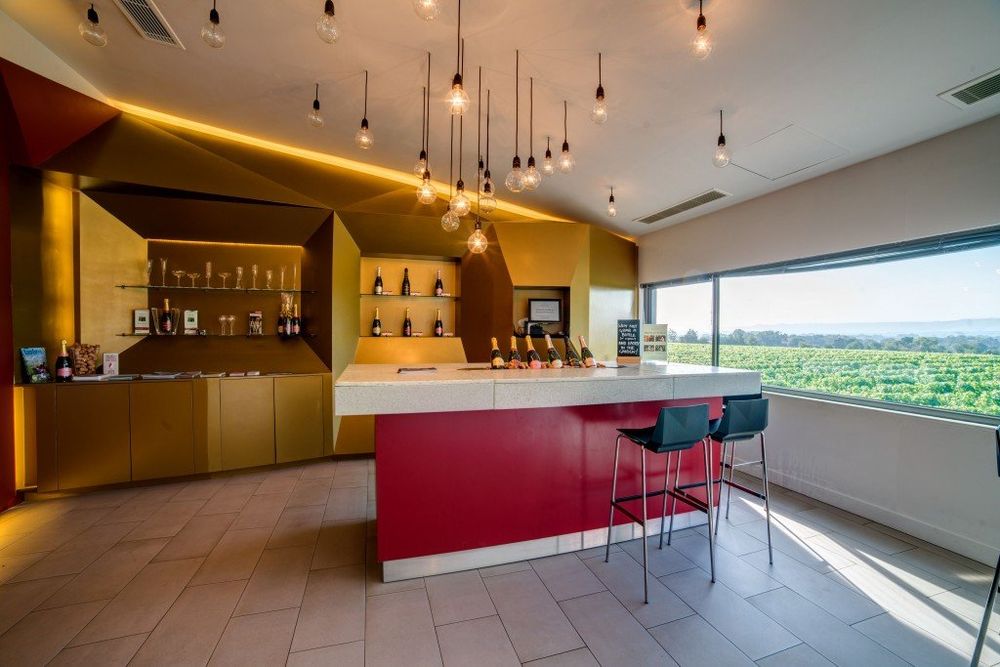
The tasting room at Ridgeview, recently voted 36th best vineyard in the world.
First off, a brief visit to Ridgeview, in east Sussex, recently garlanded with the honour of being the world’s 36th Best Vineyard (out of 50) in a grand ceremony held at London’s Banqueting Hall. With its idyllic views of the south Downs, and its stylish tasting room (all set to be upgraded and modernised) it certainly looked the part. But the revelation was the wines, confirming that Ridgeview’s decision to focus early on purely on sparkling wines was the correct one.
The six wines I tasted that form the core of Ridgeview’s range were impressive; the citrusy, fruit-driven Bloomsbury, the signature Champagne blend, was moreish as was the more berry-scented and flavoured Pinot-heavy Cavendish, whilst the pink Fitzrovia was like summer in a glass: little wonder this was served to Barack Obama at the Buckingham Palace state banquet. For my money though, the delightful Blanc de Noirs 2014 was the most impressive, a remarkably balanced 50/50 blend of Pinot Noir and Pinot Meunier and a worthy medal winner.
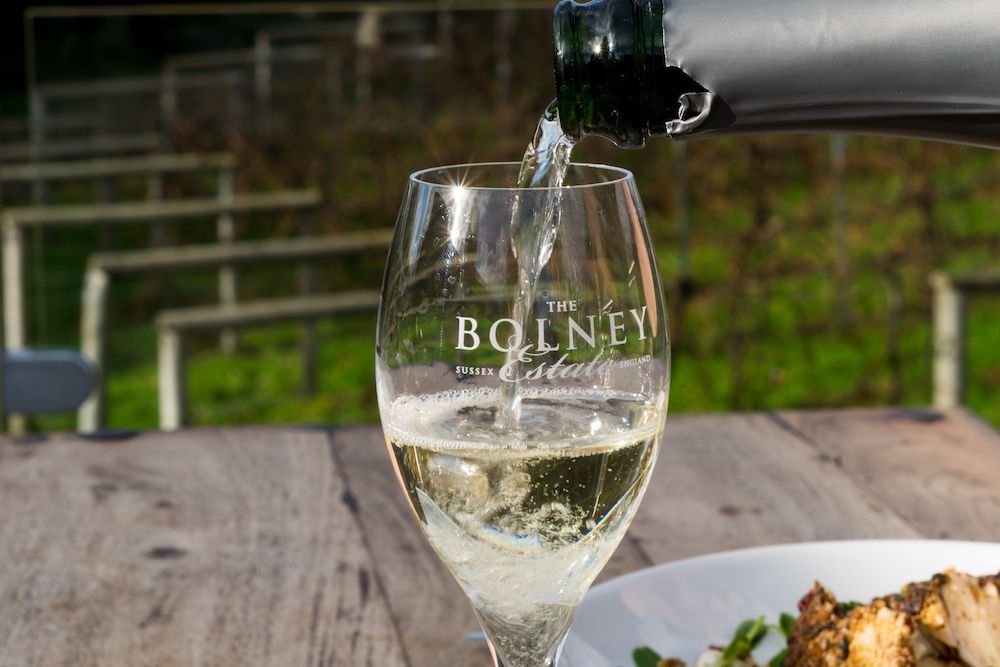
On next to Bolney Wine Estate.
Established back in 1972, this is one of the UK’s oldest wine producers, established by the parents of current MD and head winemaker, Sam Lintner who, incidentally was last week appointed to the board of Wine GB. Things have been chugging away well, with Bolney focusing on still wines rather than sparkling (the former account for at least 60% of production) and getting plaudits for its award winning wines, especially its moreish Pinot Gris and Burgundian-style Pinot Noir. The last time I visited, a few years ago, I left with the impression Bolney was improving and consolidating its range, with the sparkling wines – notably the Blanc de Noirs – very distinctive and moreish.
But my visit this July was a revelation. Since my last visit, Bolney has built an impressive new tasting room and restaurant, with views across the vines; it has started growing in a new vineyard just up the road from the original, and it has significantly upped production. After a difficult 2017 – common to all producers in the UK – 2018 saw production increase to 240,000 bottles whilst this year could see 300,000, with initial indications suggesting the 2019 harvest could be a really good one.

photo ©Julia Claxton
Wines are now being exported to a range of countries including China, the US (no fewer than 19 states), Belgium and Norway. The range now includes the award winning Lychgate Bacchus, a Blanc de Blancs and Blancs de Noir and several off-piste wines, including an unusual full-bodied dry sparkling Cuvée Noir red and a NV sparkling Eighteen Acre Rose, both made from a range of varieties. And the NV Bolney Bubbly (the Classic Cuvée) continues to do well. Bolney now really has a diverse and eclectic range of which it can be proud.
Experimentation is now on the cards
Lintner says Bolney and the UK industry in general is reaping the rewards of years of experimentation and innovation.
“By focusing on quality, traditional method sparkling wines, and getting that right, we now have the room to experiment,” she says, adding that this is a propitious moment for English wine.
“Pretty much across the board we’re seeing better vineyard management. Ripening is getting better and producers are finally getting acidity under control. There is more knowledge and a better sense of where the industry is going,” she adds.
Lintner says that, in addition to the new wines launched in recent years, Bolney is in the early stages of looking at doing a Charmat-method sparkling wine although the focus will very much remain on the premium end. She acknowledges though that the industry is changing and there is increasingly, room for experimentation.
Indeed. In the last few months alone, Albourne Estate in Sussex has launched England’s first home grown frizzante (made from Bacchus) whilst the success of Fitz – made in the charmat method using Seyval Blanc, Reichensteiner and Madeline Angevine rather than the usual Chardonnay/Pinot and sold in a distinctively shaped bottle – opens a whole new market area for English wines.
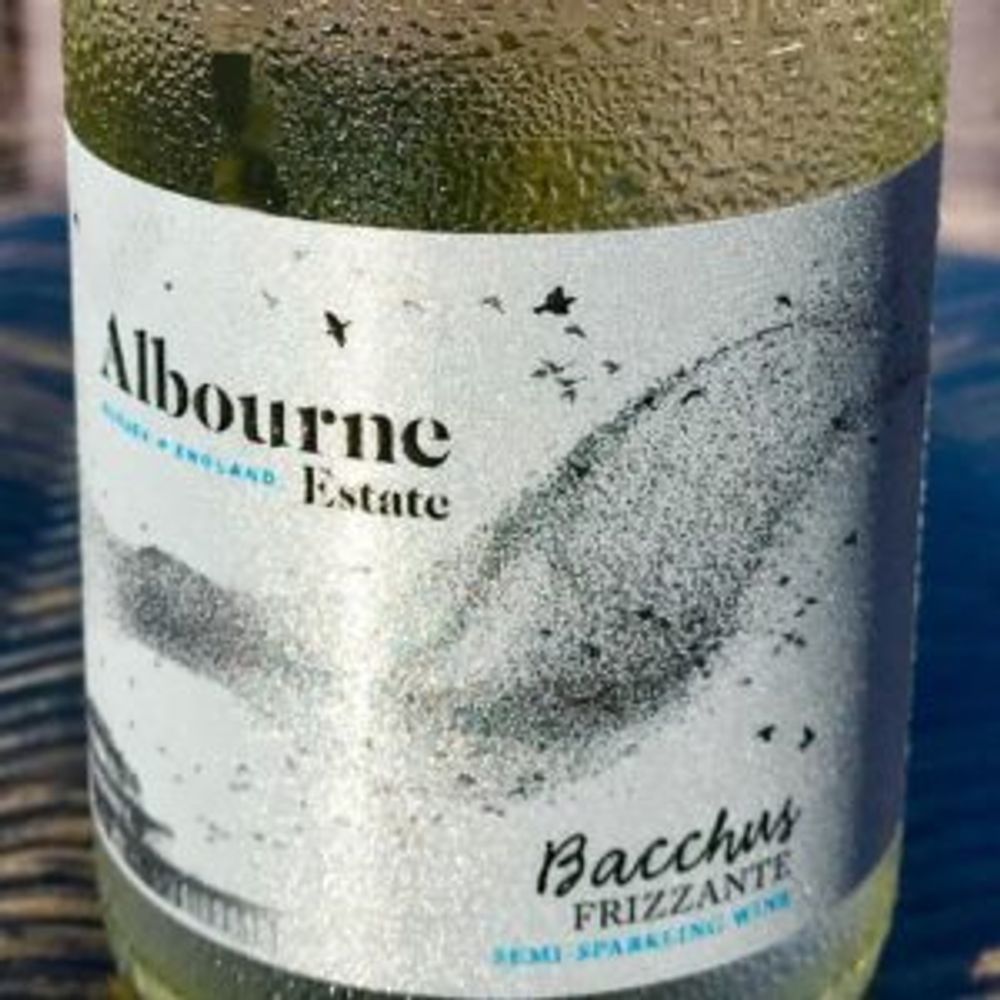
Launched only last year with 100,000 bottles and priced below £20, this is a moreish blend from a Worthing-based producer we will be seeing more of, especially with the upcoming launch of a Pink Fitz.
Vineyards of Hampshire’s Fizz Fest
And finally then, to the Vineyards of Hampshire Fizz Fest 2019*. This annual, consumer-focused gathering has become a keenly-anticipated event with the venue changing each year. Last year, it was successfully hosted by Raimes Vineyard; this year was the turn of Exton Park, with nine Hampshire vineyards present, most offering two or three of their wines for tasting.
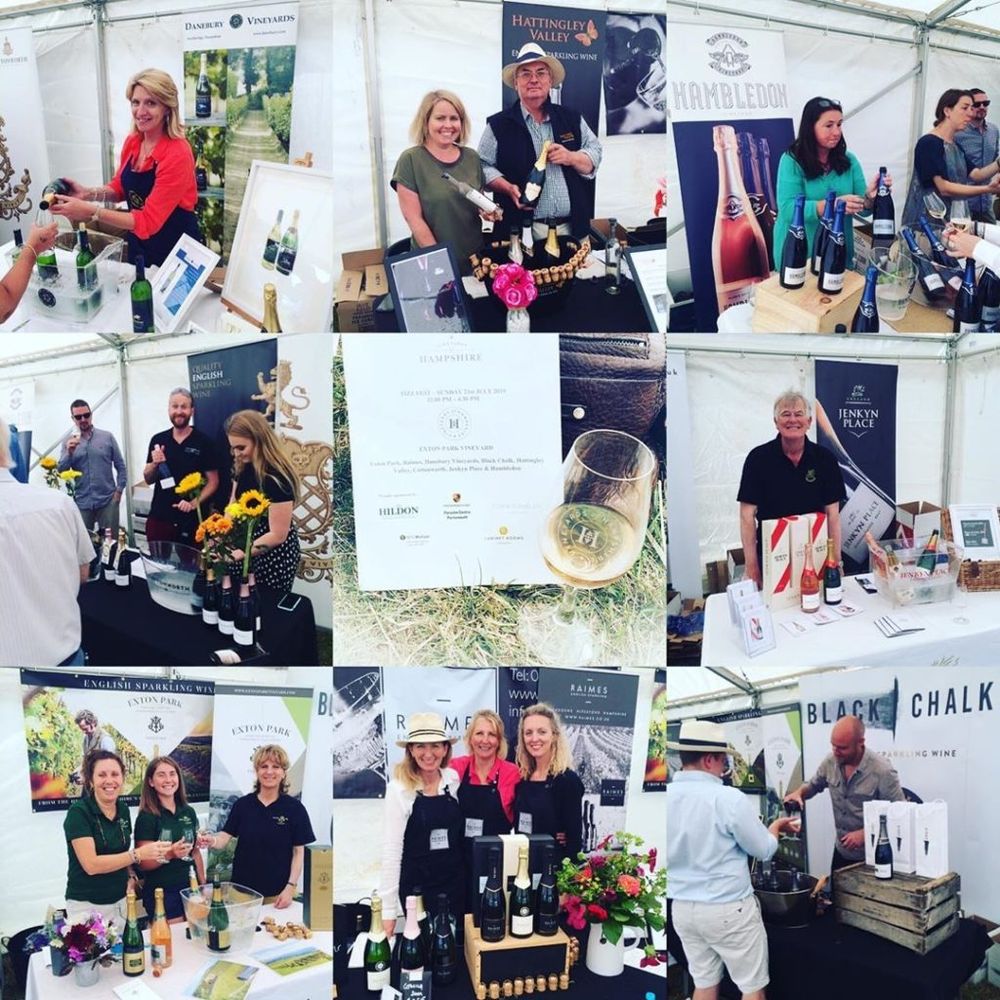
What was most evident is that each of the producers are doing something different, which means the consumer has more choice. If you want consistency, akin to NV Champagne, Exton Park in the Meon Valley is for you: in a state-of-the-art winery French winemaker Corinne Seely makes sparkling wines that are consistent, “all part of building a brand” as she admitted to me. If you like traditional English varieties and crossings, rather than Chardonnay, Pinot Noir and Pinot Meunier, Danebury Vineyards near Stockbridge should be your port of call; their best-selling Madeleine Angevine and Schonburger still varietal wines and their very moreish Cossack Brut (made from 95% Auxerrois Blanc and 5% Pinot Gris) are great left field choices.
But if you want traditional high class sparkling wines with a strong sense of place, Hambledon is a good place as any to start; this producer produces around 100,000 bottles but new plantings should take this to half a million in around five years, according to education manager Katrina Smith. She makes no apology for the typically high acidity of most Hambledon wines.
“Bracing acidity is what distinguishes English sparkling wine – but warmer weather, vine ageing and better wine-making means we are handling it better, and getting more balanced wines,” she says, adding that the outlook for 2019 is so far, really good.
“If the weather continues as it has over July, we are in for a massive harvest.”
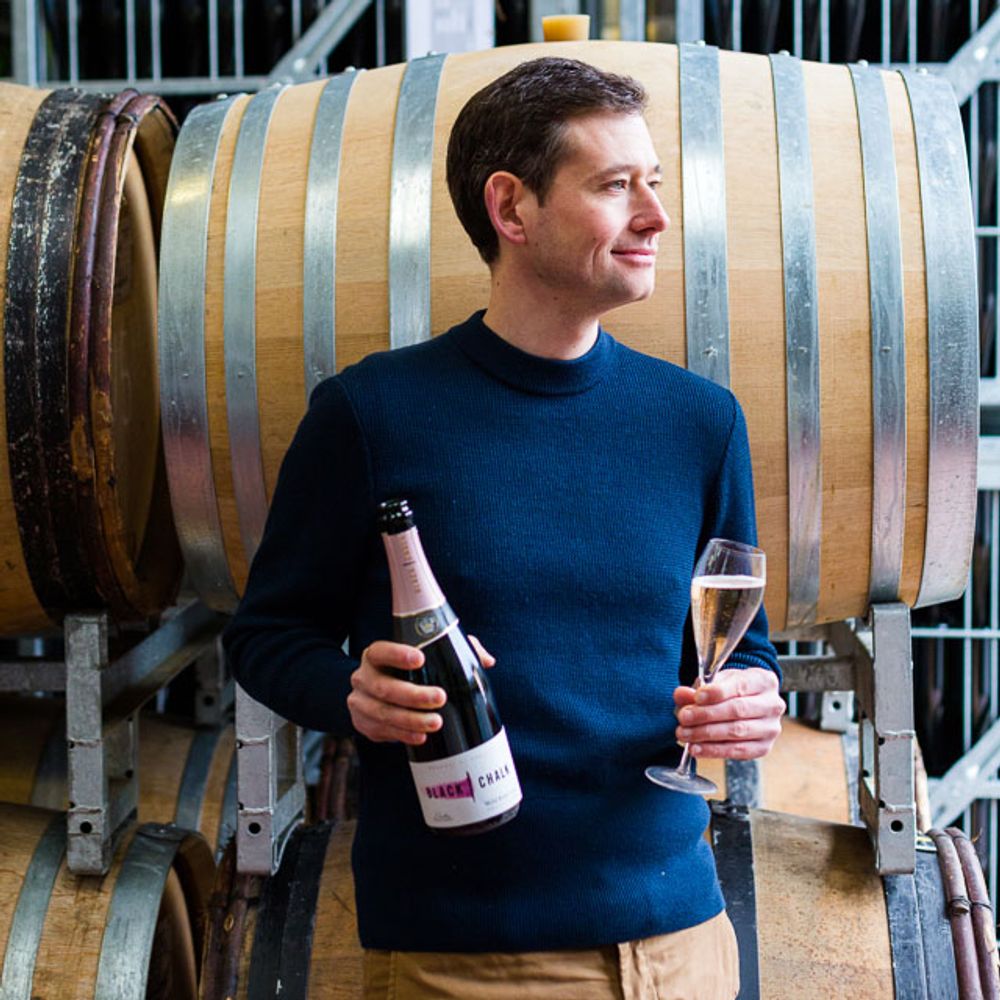
Jacob Leadley
The big story right now from Vineyards of Hampshire though comes from its newest member, Black Chalk. The Winchester-based winery owned by award-winning winemaker and former City financial analyst Jacob Leadley, only launched last November at the Winchester Wine Festival. However the wines have already been widely praised for their depth and seriousness – something that surely owes something to Leadley’s love of Pinot Meunier. Unusually, the variety plays a big role in Black Chalk Wines, accounting for 34% of the Classic 2015 blend and 38% of the Wild Rose 2016.
“Pinot Meunier has a great future in British wine; it softens the acidity and brings bright red fruit to the show,” he says.
Though he is coy about details, Leadley says he will soon announce a major expansion for Black Chalk with the producer taking over a winery “in the Winchester area” within the next few weeks/months, and then significantly boosting production.
He says that in such grim times, English wine is something we can rightly be proud of.
“The last ten years in this industry have been great. The next ten, I reckon, will be even more so, as we see more and more wineries open up and more and more experimentation.”
Surely then, something to raise a glass to as we sail into ever more menacing and unsettling waters this autumn.
*(please note this Vineyards of Hampshire report was posted under its own headline – Ed.)
The Wine GB trade and press tasting is being held on September 4 10.30am – 5pm at RHS Lindley Hall. To register visit winegb.co.uk/trade or email tradetasting@winebg.co.uk































